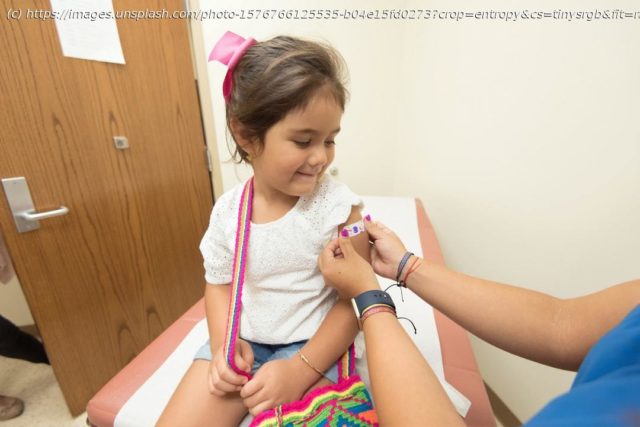The data is unremarkable, but the pressure to grant EUAs runs high.
I’m not in the best of moods today, having woken up with a raging fever, chills, muscle aches, and a feeling like the inside of my skull was being lit up by a blowtorch. Yes, I finally got my case of Covid-19, almost certainly from a 100% outdoor school performance. Go figure. I’ll say to whomever thought it was funny calling this #Omicold (yeah, I’m looking at you, Marty Makary): my patients and I disagree. However, with a brief Tylenol-induced respite from my misery, what better subject matter to discuss than the pending approval of the Covid vaccines for young children? It’s the ideal topic for a doctor in a seriously grumpy mood. I’ll say the obvious part first: we physicians are supposed to be excited about every vaccine approval, because all vaccines are wonderful, and only bad doctors complain about any vaccine. Let’s be real, though; a vaccine with zero (or negative) effectiveness and a high rate of side effects is a loser, and a vaccine with near-total effectiveness and few side effects is a clear winner. Every vaccine is on a spectrum, and we should not approve examples of the former, and we should strongly endorse the latter, especially if the disease in question is severe. The billion dollar question is: where do the Pfizer and Moderna vaccines for young children fall on this spectrum? Starting with Pfizer, readers might recall that their vaccine project for 6 months to 5 years has been a bit of a dumpster fire. The 2-5 year olds failed in their immunobridging tests for the 2 shot series (the antibody response was below that for young adults in their initial studies); as I discussed at the time, likely the tiny 3mcg dose was just too small. After some serious hemming, hawing, and misdirection, the FDA ultimately asked Pfizer to add a 3rd shot some 8 weeks after the primary series was given. This went better; immunobridging was positive, and the listless vaccine efficacy from the 2 shot series appears to be better. But “better” is by no means “great”. Some media outlets are claiming “80% efficacy” for the vaccine, but this is irresponsible, especially with the study’s sample size being so tiny. Put mildly, I would be very surprised that further reporting after more cases have accrued will bring anything like 80% efficacy. Of course, we also have good reason to expect from virtually every real world data set we have on the subject, that whatever the initial efficacy against Omicron infection, it will rapidly wane within months. Moderna had a less convoluted road to data submission. Their trial of a 2-shot series, at the much higher dose of 25 mcg for 6 month to 6 year olds, unsurprisingly met their immunobridging endpoint on the first try. Of course, creating an immune response that rivals that of an effective vaccine, and actually being an effective vaccine, can be two different things. When it came to actual efficacy, the numbers were rather humbling, at around a 40% reduction in infections. This was below the 50% threshold proposed by the FDA prior to the approval of the adult vaccines, an inconsistency not lost on some observers. To be fair, though, these numbers are similar to the real world data we have on the mRNA vaccines’ initial two-shot series in adults against Omicron infections. In a large UK study, initial effectiveness was in the 65-75% range, but that dropped to 8-15% after 25 weeks. All in all, it begs the question: what are we doing here? Short of boosting every 3-4 months, these vaccines make minimal inroads into reducing transmission. In the words of the World Health Organization, from their primer on the Moderna vaccine:
We don’t know if vaccines reduce the risk of long Covid, and what little real world evidence we do have is not very promising.
Start
United States
USA — Science The FDA is About to Approve Covid-19 Vaccines for Young Children… But...






